INFECTION CONTROL IN HEALTHCARE: SAFE WORK PRACTICES (PART II)
Approximately one in 25 hospital patients in the U.S. has a healthcare-associated infection (HAI) at any given time, according to the Centers for Disease Control and Prevention (CDC).1 The World Health Organization (WHO) reports that 7 of every 100 patients in developed countries and 10 of every 100 patients in developing countries will acquire at least one HAI.2
The toll of HAIs on the public is enormous-these infections kill up to 100,000 individuals in the U.S. every year and cost $45 billion a year in direct healthcare costs alone.3 The financial and psychological costs to families who lose a loved one to HAIs, and the costs to society as a whole, are undoubtedly even greater.
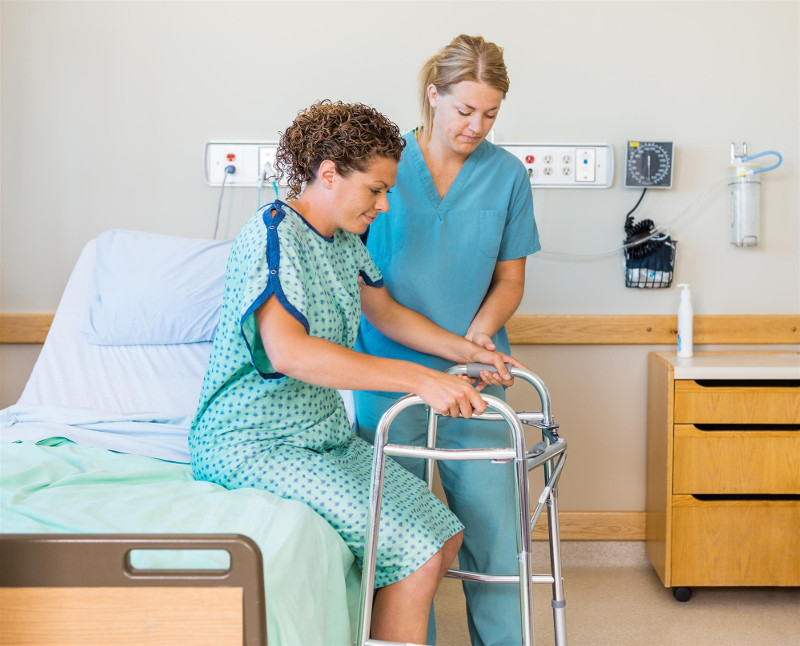
It’s critical for healthcare workers to do everything possible to prevent the spread of infections in the high-risk environments of hospitals, surgery centers, clinics, and other healthcare facilities. Healthcare employers can help ensure providers are following infection-control practices by posting signage liberally throughout medical facilities and conducting regular training sessions using live lectures and medical videos that address safe practices .
In this second part of our two-part series on infection control in healthcare, we’ll take a closer look at safe practices healthcare workers should employ to prevent the spread of infections.
IDENTIFYING AND CONTROLLING RESERVOIRS OF INFECTION
Healthcare workers should be mindful of infection “reservoirs”-that is, people and objects that can transmit infections to patients or from patients to healthcare workers and visitors. Healthcare workers should ensure that:
- All staff and visitors are healthy
- Items brought into patient rooms/areas area safe and sanitized
- Food and water is not contaminated
- Equipment is clean and sterile
- Patient environments are cleansed and sanitized regularly
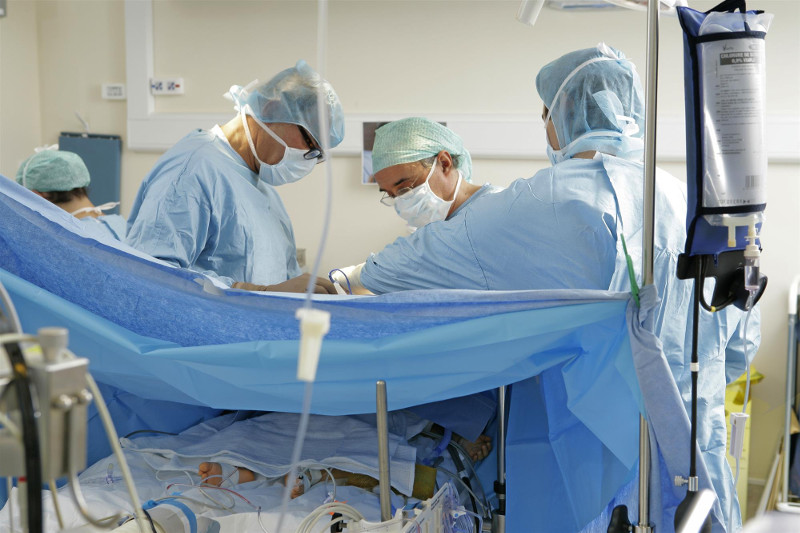
HAND HYGIENE
Hand hygiene is an essential and effective first line of defense against the spread of infections. Alarmingly, some studies show that healthcare providers practice hand hygiene less than half as often as they should, according to the CDC.4 Neglecting hand hygiene is not entirely surprising, considering that providers should wash/sanitize their hands as much as 100 times in a 12-hour shift, according to the CDC. While it may seem tedious, hand hygiene is essential for preventing the spread of infections, and it saves lives.
Healthcare providers should clean hands:
- Before and after contact with each patient
- Before putting on sterile gloves and after removing them
- Before and after touching patient equipment and environmental surfaces
Providers should use an alcohol-based hand rub to clean their hands, which is easier, more convenient, and, when used properly, more effective than soap and water. Alcohol-based hand sanitizers also dry out skin less than handwashing with soap and water, which helps protect skin integrity. By contrast, frequent washing with soap and water can dry out hands, causing cracking that can lead to infection.
Proper Use of Hand Sanitizer and Proper Handwashing Technique
Hand sanitizers and hand washing are only effective when done properly. Healthcare workers should use the amount of hand sanitizer indicated by the manufacturer (e.g., “one to two pumps per use”), rub hands together briskly (including between fingers), and let hands air dry; hands should not be rinsed after use.
Healthcare workers should use soap and water:
- When hands are visibly soiled
- Before and after eating
- After using restroom
- To remove build-up of alcohol-based hand sanitizer
To properly wash hands with soap and water, the provider should wet hands, apply soap, and rub hands together vigorously, including between fingers, for at least 20 seconds. The provider should then rinse hands thoroughly under warm water and dry hands with a sterile paper towel, turning off the tap with the paper towel rather than their bare hand.
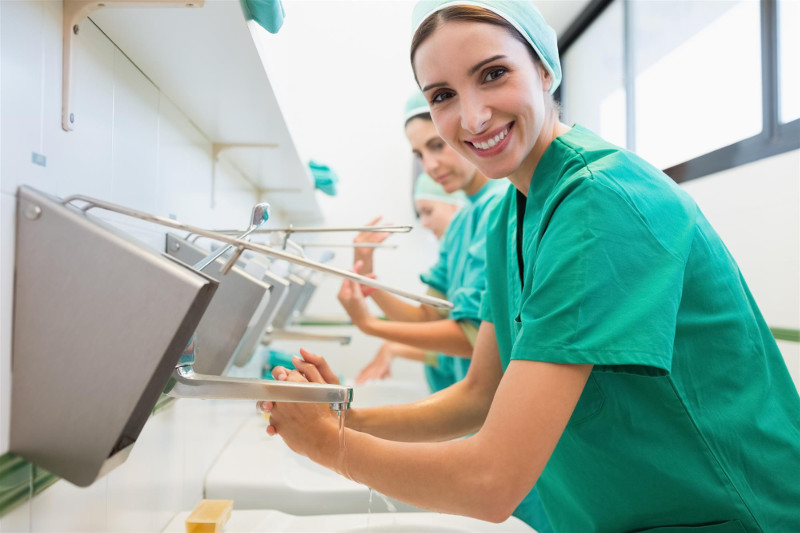
Surgical Scrub
The rule of scrubbing hands for 10 minutes with a brush no longer applies, as this has been found to damage skin and release bacteria from the hands. The two options for surgical scrub today are:
- Two-step method, in which the person uses an antiseptic detergent first for 1-2 minutes, dries hands, and then applies an alcohol-based sanitizer-this method is as effective as a 5-minute scrub.
- Using an alcohol-based agent alone – the amount a person needs will depend on the concentration of alcohol in the product. As a general rule, if hands dry within 10-15 seconds of application, not enough sanitizer was used.
Fingernail Length
Fingernails can trap bacteria, viruses, and other pathogens. Staff should keep fingernails no more than a quarter-inch long. Staff members who provide direct patient care should not wear artificial nails or appliques, as they can harbor pathogens, including gram-negative bacilli and yeasts, according to the CDC and the Joint Commission. Staff members should avoid wearing nail polish since chipped polish can trap pathogens.
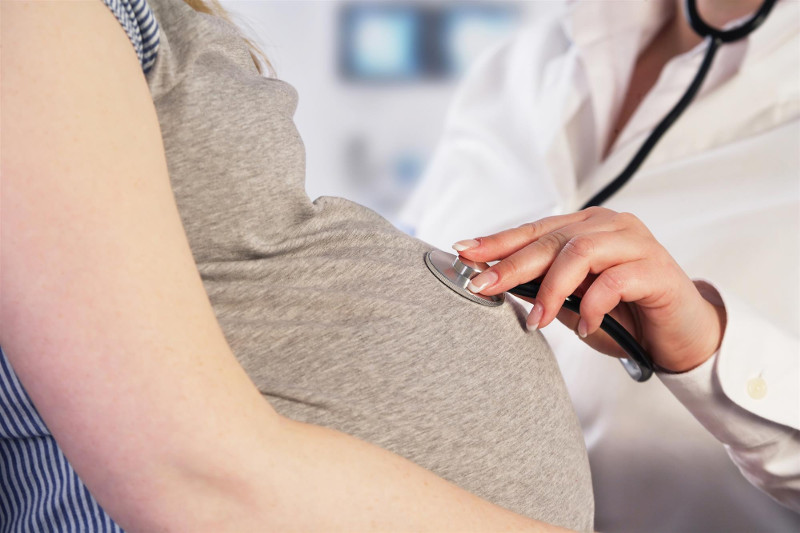
PERSONAL PROTECTIVE EQUIPMENT (PPE)
OSHA recommends that healthcare workers use personal protective equipment (PPE) to prevent the spread of infections through the airways, mucous membranes, and breaks in the skin. PPE must be readily available, and healthcare workers should treat all blood and bodily fluids (except sweat) as if contaminated with harmful organisms. However, providers only need to use PPE if there is a chance of contact with a pathogen, not when performing non-medical activities such as entering information into a computer.
PPE includes:
- Gloves
- Gowns
- Face mask with or without shield
- Eye goggles
Gloves
Healthcare providers should use non-sterile latex gloves for personal protection; however, vinyl gloves are an acceptable alternative to latex for those who have a latex allergy. Vinyl has a higher tear rate, so staff should check for tears frequently and change gloves immediately after a tear occurs.
Providers should wear gloves when there is potential for coming into contact with bodily fluids and blood during activities like dressing changes, changing bed pans and urinals, drawing blood, IV insertions, providing mouth care, or where a patient has a visible sore, rash, or open wound. Staff should use heavy work gloves when cleaning up blood and bodily fluids.
Gloves are not required for performing non-medical tasks, such as working on the computer, filing patient charts, etc.

Gowns
Gowns help protect the arms, legs, and clothing from blood, bodily fluids, and pathogens. Gowns should fully cover the torso from the neck to the knees, and the arms from the shoulders to the wrists. Staff should use gowns in situations where they anticipate coming into contact with blood or bodily fluids, according to the CDC.
Face Masks
Face masks help protect healthcare providers from contact with blood, bodily fluids, and other secretions, as well as airborne pathogens. Providers also wear face masks during sterile procedures to protect patients from potentially infected respiratory secretions. Providers should place face masks on patients who are coughing and sneezing to reduce the likelihood of the patient spreading infections to others.
Simple paper masks are sufficient for basic droplet precautions. For airborne infections, such as tuberculosis, an N-95 face mask (respirator) is required. Staff should be careful to fasten masks appropriately in the back at the middle of the head and the back of the neck. The metal nose bridge should be squeezed snug against the nose.
Face Shields and Eyewear
Providers should wear plastic face shields or goggles for contact exposures, which can include spurts of blood or bodily fluids, respiratory secretions, and aerosols.
PROPERLY DONNING AND REMOVING PPE
When putting on PPE, healthcare workers should follow a certain pattern to help contain pathogens, blood, and bodily fluids, as follows:
- Gowns made of the appropriate material go on first, tied at the neck and waist.
- Face masks with shields go on next; make sure that ties or straps are positioned properly at the back of the head and around the neck.
- If the face mask does not have an eye shield, the face mask goes on first followed by eyewear.
- Appropriately-sized gloves go on last and should cover the wrists of the gown.
Healthcare workers should remove PPE at the door of the patient room before exiting, following this pattern:
- Gloves come off first since the outsides are contaminated. Grasp one glove at the cuff and pull it inside out toward the fingers until it folds over and comes off. Roll the glove you removed into a ball with the still-gloved hand and grasp it in a fist. Now remove the other glove using the same procedure-grasp the glove at the cuff, pulling it towards fingers and turning it completely inside out over the first glove. Properly dispose of both gloves.
- Next, face shields or goggles without masks should be removed; only touch the clean portions, such as the ties or strap in the back, while removing face shield/goggles.
- Next, remove the gown by untying at neck, then the waist, and use a peeling motion to remove gown off the arms and away from the body.
- Face masks/respirators should be removed next; only touch the clean portions, such as the ties or strap in the back, while removing face mask/respirator.
- Finally, sanitize hands thoroughly with alcohol-based hand sanitizer.
OTHER CONSIDERATIONS
Any object in a healthcare setting can become contaminated. Stethoscopes and other medical equipment, clothing worn by providers-especially the sleeves of white physician coats-have all been found to be contaminated with organisms in various studies, according to Medcom.5
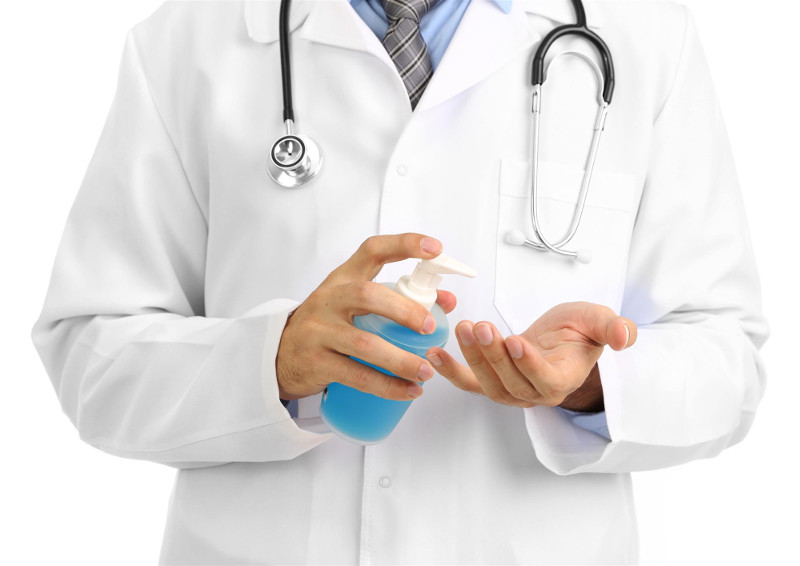
The Issue with White Physicians’ Coats
Some studies have revealed that 65% of providers change their coat less than once a week, while 15% change it less than once a month. This kind of oversight can be costly for both patients and healthcare workers, in terms of infection transmission-bacteria can live on clothing and other items for up to 56 days, according to Medcom.5
Doctors and other healthcare workers must be diligent about changing their coats frequently and wearing clean scrubs and/or clothing every day.
Some organizations have taken measures to curtail the spread of infections from white physician/lab coats. The Mayo Clinic, for example, has banned white coats; the British Health Service has banned lab coats, along with watches and rings. The U.S. is still investigating the issue to determine whether banning white coats and other items is necessary to reduce HAIs.
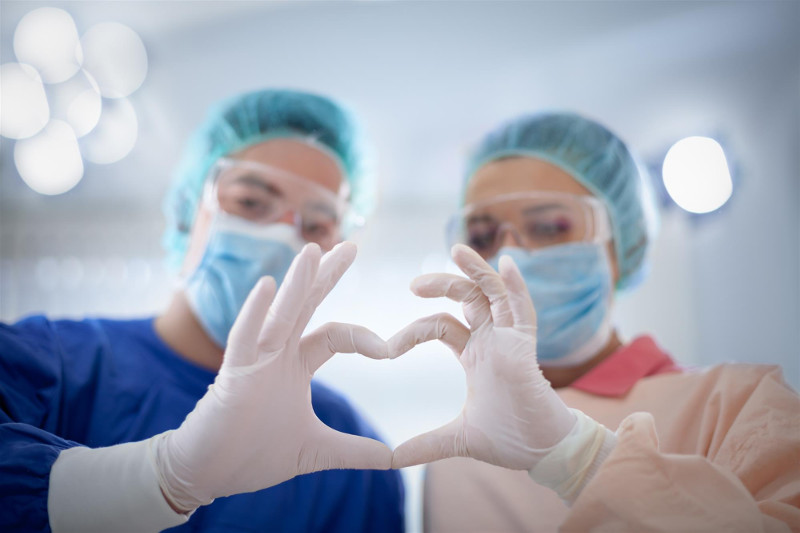
EMPLOYING SAFE WORK PRACTICES IMPROVES PATIENT HEALTH AND OUTCOMES
The safe workplace practices outlined above have been proven to reduce HAIs, a significant cause of death in the U.S. and around the world. With proper education through periodic training via live lectures, healthcare education videos, and nurse CE training, healthcare employers can improve patient safety and outcomes and help providers avoid preventable exposures.
